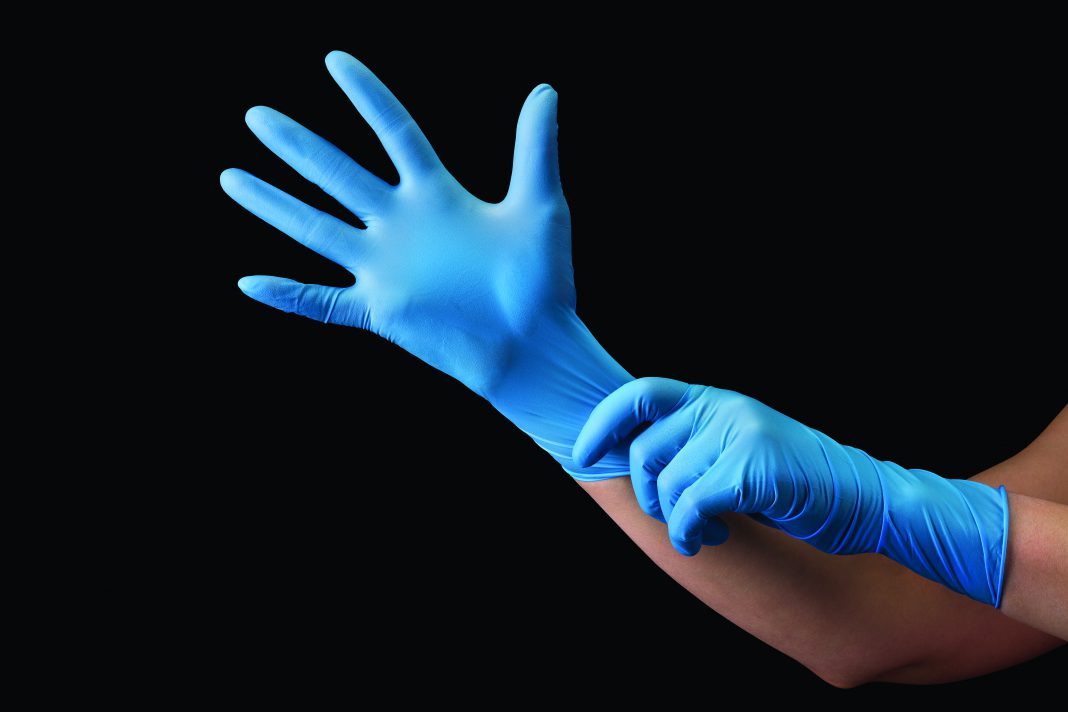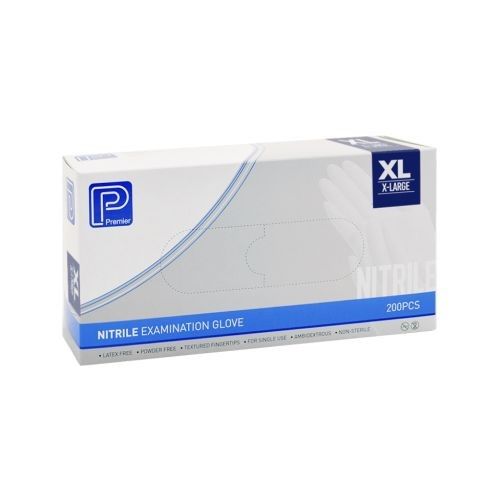According to the Clinical Excellence Commission, there are around 165,0001 Healthcare Associated Infections (HAIs) in Australian health facilities every year. Wearing disposable gloves can help reduce the risk of cross-contamination, acting as an effective physical barrier to harmful microorganisms.
Improper donning and doffing of gloves not only contributes to risks towards personal safety, but also hygiene risks by potentially introducing contaminants and creating a false sense of security for safety across a site or facility.
Donning
The correct process for donning gloves starts from the handwashing stage, with at least 20 seconds dedicated to a thorough wash of the palms and backs of hands, as well as between the fingers with warm water followed by thorough drying. Drying is an integral step to correct donning as bacteria transmission is more likely to occur from wet skin than from dry. Once hands are clean, it’s safe to don or ‘do put on’ gloves. Gloves should be a snug fit, covering the hand and wrist to reduce the risk of rolling, tearing or gloves getting caught in machinery and causing injury.
Doffing
Taking off the gloves, or ‘doffing’, is an art. Pinch the outside of one glove at the wrist and peel the glove off. The glove should turn inside out as it peels off the hand to avoid the soiled side coming into contact with the skin. Hold the removed gloved with the remaining gloved hand. In service facilities, gloves should be removed after handling food or changed every two hours to avoid cross contamination.
Gloves should also be changed when moving between service areas. If gloves come in to contact with items such as phones or are used to scratch, they should be changed immediately.
The correct donning and doffing of gloves is a crucial aspect of infection prevention, and ensuring staff are trained on best practice is an easy way to ensure safety in your facility.











